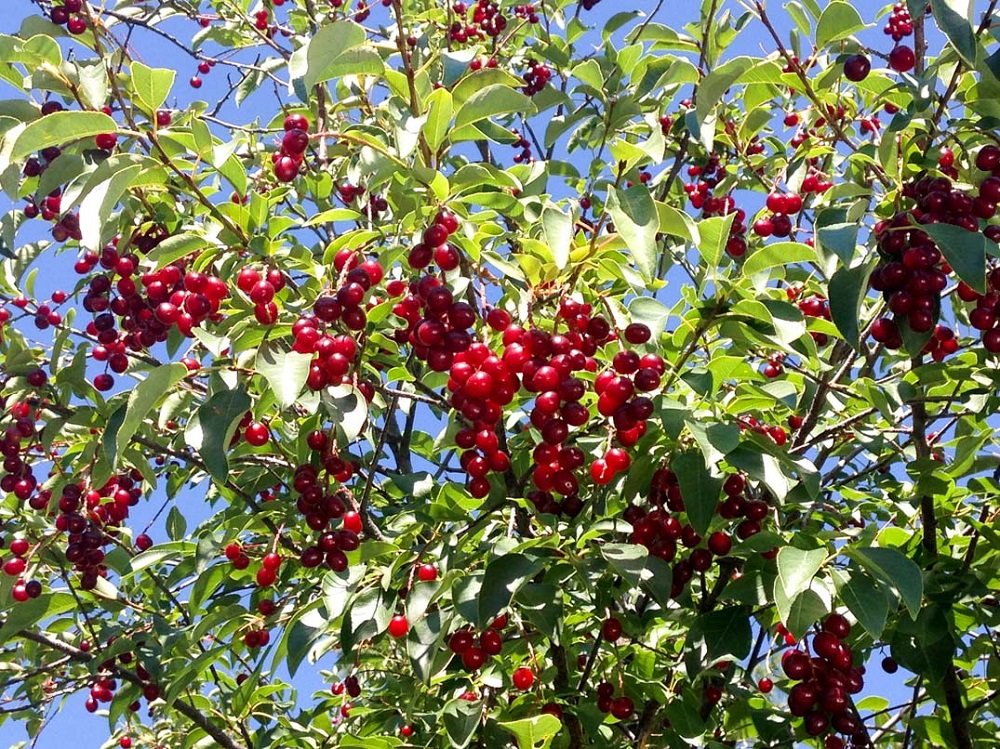If you’re looking for something new to bring to the holiday dinner table this season, look no further than the chokecherry, also known as bitter-berry or Prunus virginiana, if you want to get real technical. Native Americans have known the health and culinary virtues of chokecherries for hundreds of years, and in this age of the popularity of healthful foods that are high in antioxidants, modern society is finally catching up.
They grow as tiny clusters of red fruit, super tart and bitter, made palatable to our sensitive modern tastes only through the addition of sugar, water, citrus juice, and other bright flavor profiles as jams, jellies, and preserves. Many Native tribes from the Northern Plains and Northern Rockies used chokecherries not only as important parts of their diet, but also through using the root as a means for warding off colds, fever, and stomach ailments.
Crystals Bridges’ chefs incorporated this under-rated and under-used fruit as an accoutrement to braised duck at a recent Wednesday over Water program that featured insights into existing and upcoming Native American exhibitions at the museum, while using as many indigenous ingredients as possible for dinner. The result was a delicious, tart sauce that has the character to accentuate the bold, beautiful profiles of wild game and poultry, not a lot unlike traditional cranberry sauce. So, give chokecherries a try this holiday season—who couldn’t use a little history lesson to accompany their special family gathering?

Chokecherry sauce and duck legs
Holiday Chokecherry Sauce
- 3 pounds fresh chokecherries (you certainly may substitute frozen)
- 3/4 cup water
- 2 tsp mustard seed
- 20 peppercorns
- 3 whole cloves
- 2 star anise
- 1 whole nutmeg
- 1 large shallot, minced
- 1/2 cup clover honey
- 1/4 teaspoon fish sauce
- 1 teaspoon balsamic vinegar
- 1 teaspoon salt
- 1 tablespoon molasses
Technique
Place the chokecherries and water over medium low heat in a large pot. Simmer enthusiastically until berries begin to split. Remove the chokeberries, and push through sieve or cheesecloth to make a thick pulp. There should be approximately 2 cups of pulp.
Next, transfer the pulp to a small pan and cook over medium-low heat. Carefully crush the mustard seed, peppercorns, cloves, anise, and nutmeg, cinch them into a spice or tea bag, and add to the warm pulp.
Then stir all remaining ingredients into the pan…allow sauce to simmer quietly for 30 minutes or until house is sufficiently perfumed.
Finally, remove the spice bag and barely purée the sauce until chunky…or for a bit longer if you prefer it to be smooth. Ladle sauce over your favorite holiday turkey, goose, or duck.




